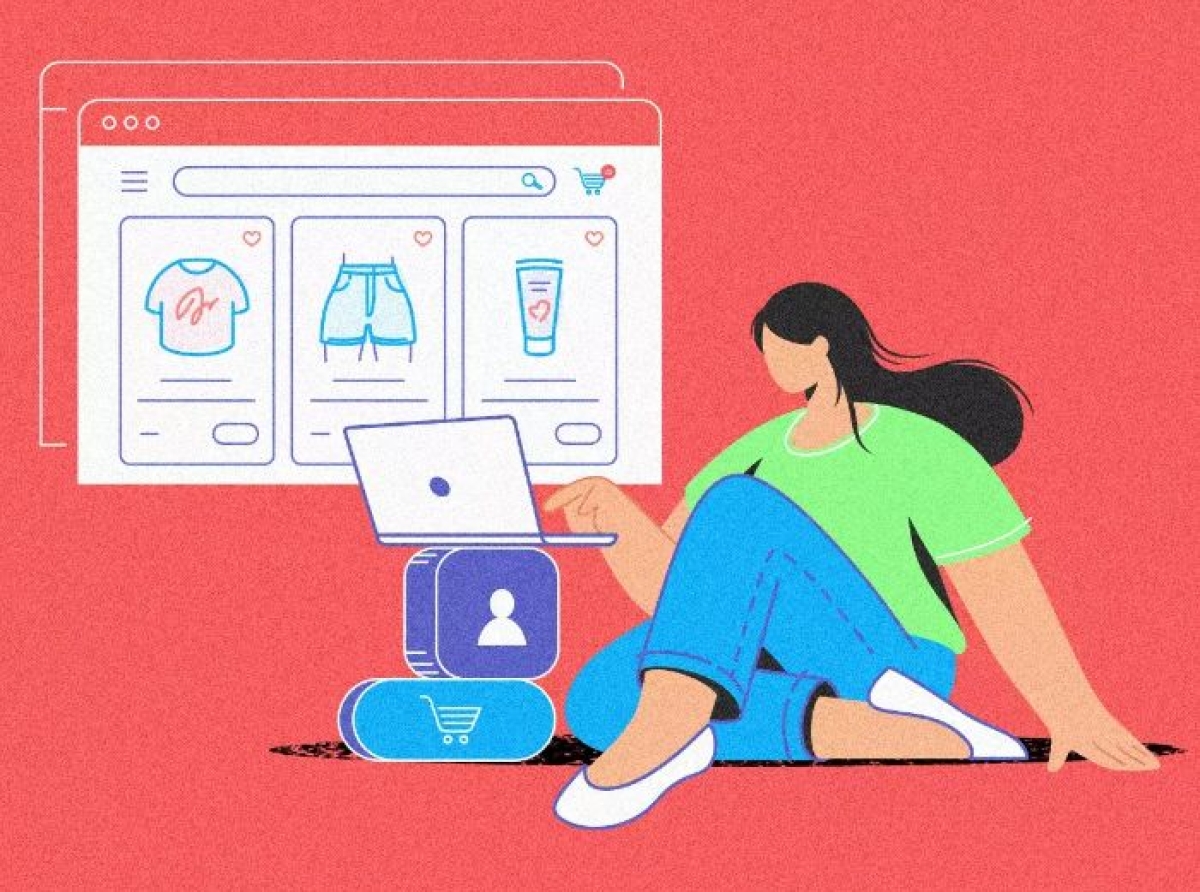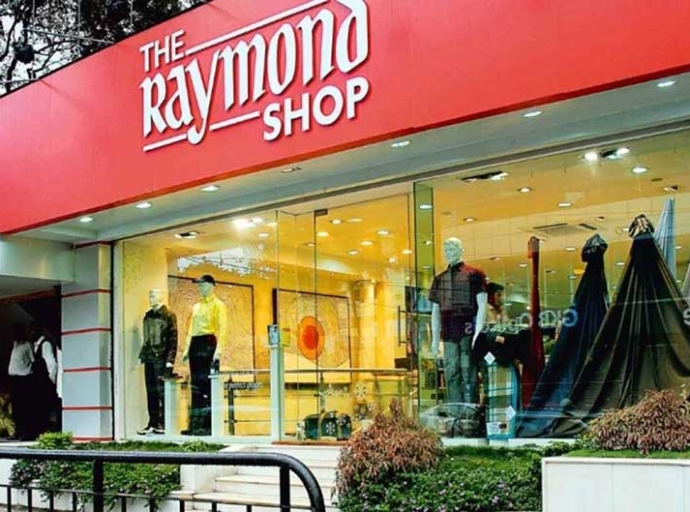18 April 2023, Mumbai
Retail was the sector with the highest rate of consumer digital adoption, with online clothing purchases increasing by 40 percent and online grocery purchases by 100 percent, according to a McKinsey report.
The COVID-19 pandemic has pushed the retail industry towards digital adoption. Even though customers wish to return to physical stores, they have grown accustomed to online shopping. As a result, more retailers are transforming their physical stores into a combination of fulfillment hubs for online orders and customer experience centers.
Going forward, eCommerce will continue to pave the way, although digital adoption has not entirely replaced the in-store experience. Retailers are redesigning omnichannel consumer journeys to create unique, memorable shopping experiences that combine digital and physical elements.
Brick-and-mortar stores are evolving into experience hubs with inventive ways to promote word-of-mouth marketing, from augmented reality (AR) to interactive kiosks, digital displays with touchscreens, and in-store apps.
Millennials and Gen Z account for an increasing proportion of consumer demand. These generations demand social responsibility and are more critical of businesses, pushing brands to act on issues such as climate change, racial equality, and accessible education. New technologies provide customers with more control over on-demand personalization, which is spreading to all retail areas.
Retailers who cannot achieve hyper-personalization should consider convenience, customization, efficiency, and experience when implementing customization into their retail approach.
Companies must rethink employee empowerment, combining boosting headcount with creating healthier, happier workplaces. This strategy requires organizations to deliberately use technology to simplify employees' jobs, meeting their and customers' demands.
Latest Publications


































